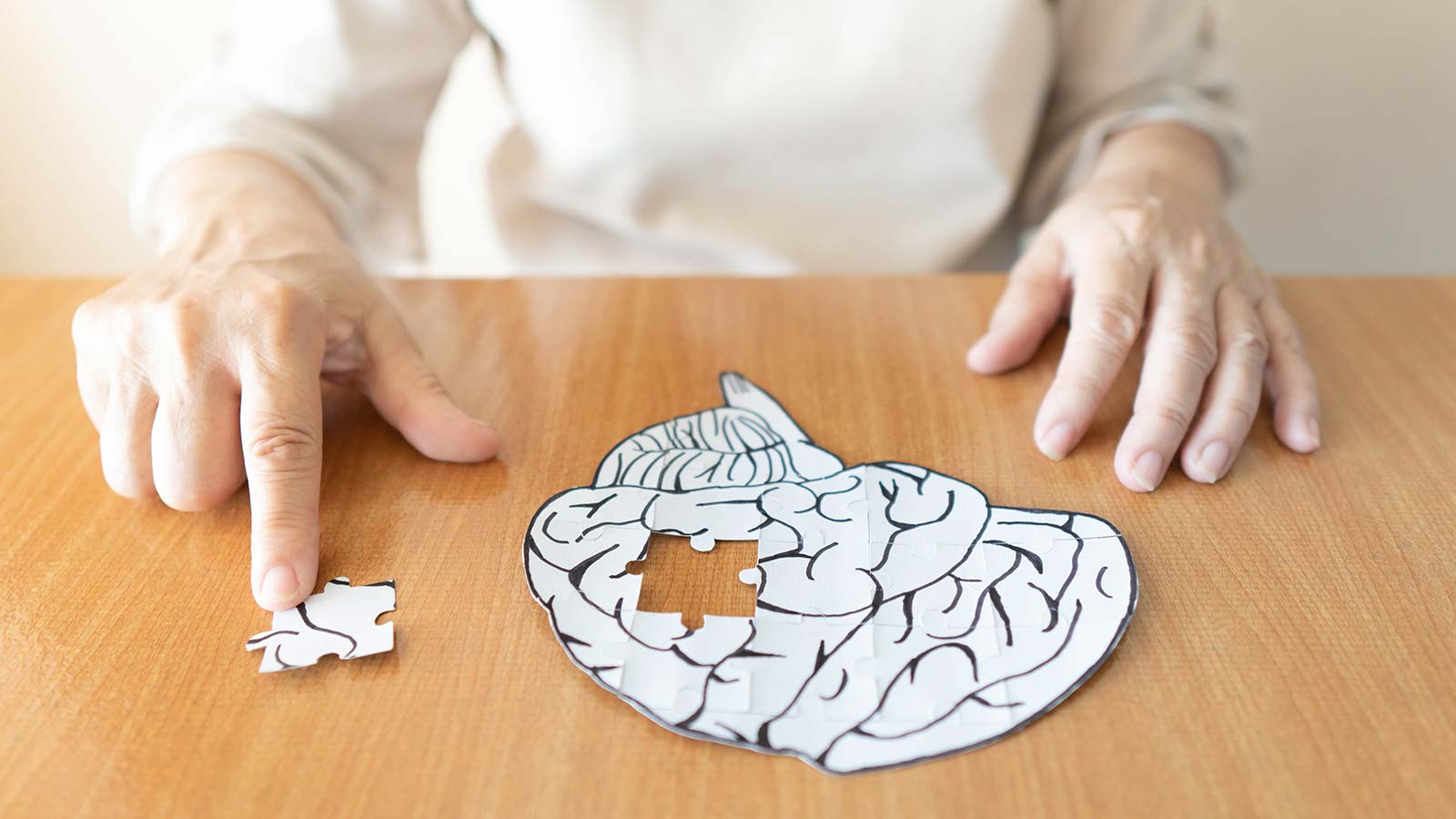Binary Classification

Alzheimer’s disease is the most common form of neurodegenerative dementia and its timely diagnosis remains a major challenge in biomarker discovery. In the present study, we analyzed publicly available high-throughput low-sample -omics datasets from studies in AD blood, with JADBio, to construct accurate predictive models for use as diagnostic biosignatures.
Discriminating between Alzheimer patients and healthy persons from circulating miRNA biomarkers
Blood-based biomarkers have emerged as promising minimally invasive AD diagnostic options [24] and machine learning has been employed for their development. In fact, multiple miRNA or mRNA (gene expression) biosignatures have previously been re-ported for early AD diagnosis. Leidinger et al. produced a 12-miRNA biosignature via support vector machines that showed accuracy of 0.930 in diagnosing AD [20]. This same 506-feature miRNA dataset was analyzed here via JADBIO, resulting in a shorter biosignature of three predictors performing even better (AUC 0.975). Reducing the dimensions of a signature is a great advantage in terms of translatability to cost-effective assays with less need for multiplexing.Read more on Blood based 12-miRNA signature of Alzheimer disease patients.

Using autoML we were able to construct three best performing accurate diagnostic biosignatures from proteomics, miRNA-transcriptomics and mRNA-transcriptomics data via Ridge Logistic Regression, Support Vector Machines and Classification Random Forests models. All three biosignatures (and their statistically equivalent ones) showed high performance and the miRNA-transcriptomic biosignature reached the highest AUC (0.975 (0.906, 1.000)) with only three miRNA-predictors. These three miRNAs were also shown to be related to AD in a Genecards search, pointing into a biological role of the pathways involved in disease pathophysiology. The bootstrapping technique used performs a correction to the estimation of out-of-sample performance of the final model. The correction (adjustment) is required because JADBIO tries thousands of machine learning pipelines to identify the best one that produces the optimal, final model. The correction is conceptually similar to the Bonferroni adjustment required for multiple hypothesis testing due to performing multiple tests. Intuitively, the selection process, which selects the best out of numerous pipelines is bootstrapped. This technique has been shown to produce conservative estimates of performance in massive evaluation experiments with general types of data as well as hundreds of -omics data. It has been used to produce several novel scientific results.
#predictiveanalytics #Alzeheimer’s #miRNA #biomarkers #patientcare
OTHER
Do you have questions?
JADBio can meet your needs. Ask one of our experts for an interactive demo.
Stay connected to get our news first!
Do you have questions?
JADBio can meet your needs. Ask one of our experts for an interactive demo.

Join the JADai Community!
Sign up with a FREE Basic plan! Be part of a growing community of AutoML enthusiasts
GET STARTED



